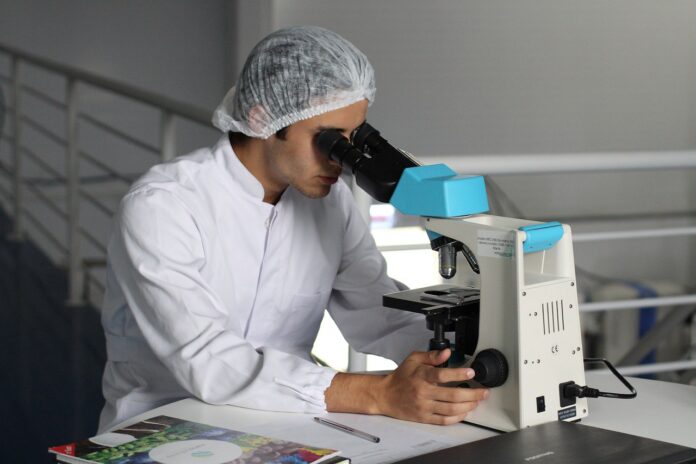Antibody-drug conjugates are nothing but monoclonal antibodies exhibiting covalently bound cytotoxic drugs. These are specifically designed in order for targeting the tumour antigens selectively thereby offering the hope for cancer treatment without underestimating the side-effects of subsequent conventional therapies.
Though the concept of ADCs or the antibody-drug conjugates is not a new one, there are certain challenges involved in developing these therapeutics. Such challenges include bioanalysis of the ADCs such as their quantification either in the serum or the plasma and subsequently developing strategies for the assessment of immunogenicity. These antibody-drug conjugates possesses complex molecular structures for incorporating both the large and small molecule characteristics requiring diverse analytical methods ranging from ligand-binding assays to MS-based methods.
Characterising biotransformation of the ADCs possesses a unique challenge to the bioanalytical assay development facility. Mostly, these are designed in such a way that they remain stable unless they reach their target i.e. tumor cells. Yet, they exhibit a certain degree of instability in the systemic circulation as and when they are subjected to the various catabolic processes. Assessment of the released product thus forms a key stage in establishing the reliable pharmacokinetic assessment and prediction of toxicity. All the subsequent possible modifications such as drug loss, linker deconjungation, adduct formation, hydrolysis, partial drug loss, etc can be assessed. Thus, in order to develop a robust bioanalytical method, it becomes impervious to understand the catabolic pathway in depth.
On an average, it can be stated that as the catabolism of either the heterogenous or multiple compounds undergoes changes, it tends to complicate its bioanalysis. Thanks to the advancements made to the fields of bioanalysis, today we have sophisticated techniques such as LC-MS in hand. LC MS method or the Liquid Chromatography Mass Spectrometry have been extensively employed both in the characterization and quantification of the ADCs or the antibody-drug conjugates.
Likewise, several researches on ADCs or the antibody-drug conjugates have subsequently employed quadrupole-time-of-flight mass spectral analysis fixed with electrospray ionization for characterising the ADCs. Several other techniques such as hydrophobic interaction chromatography, UV/Vis Spectroscopy, Reverse-phase High Performance Liquid Chromatography, etc have been employed in obtaining the DARs. The linker released payloads can be monitored using lysosomal extracts. The potential instabilities of the payload linkers can then be subsequently identified in the serum. If at all they are present in conjugated conditions, they may be identified through the use of other analytical techniques such as Electrospray ionization time-of-flight mass spectrometry, Reversed-phase High Performance Liquid Chromatography, UV/Vis Spectrometry, etc.
The only demerits possessed by these analytical methods for ADCs is that they have time consuming sampling procedures and data processing. One way the researchers can help themselves is by maximising the multiplexing capabilities for saving on both the time and sample utilization.
As ADCs undergoes in vivo bio-transformations, they can produce additional changes to the PK drug-antibody ratios thereby dynamically changing the mixtures. Therefore, a standard calibration curve comprising of reference standards may not be a necessity for an in vivo analyte quantification.






















